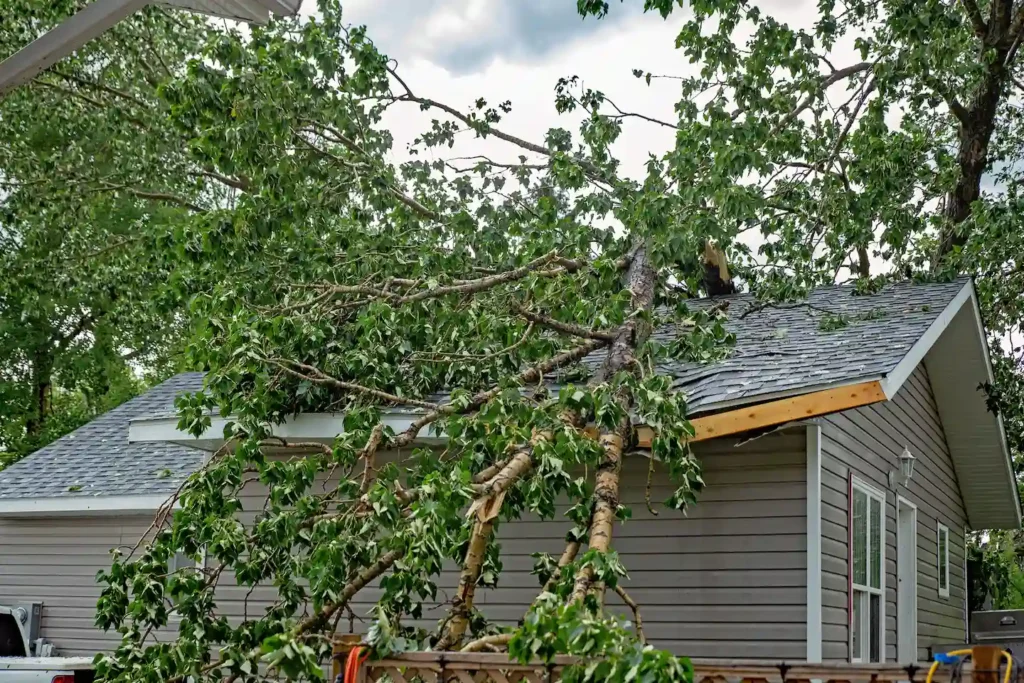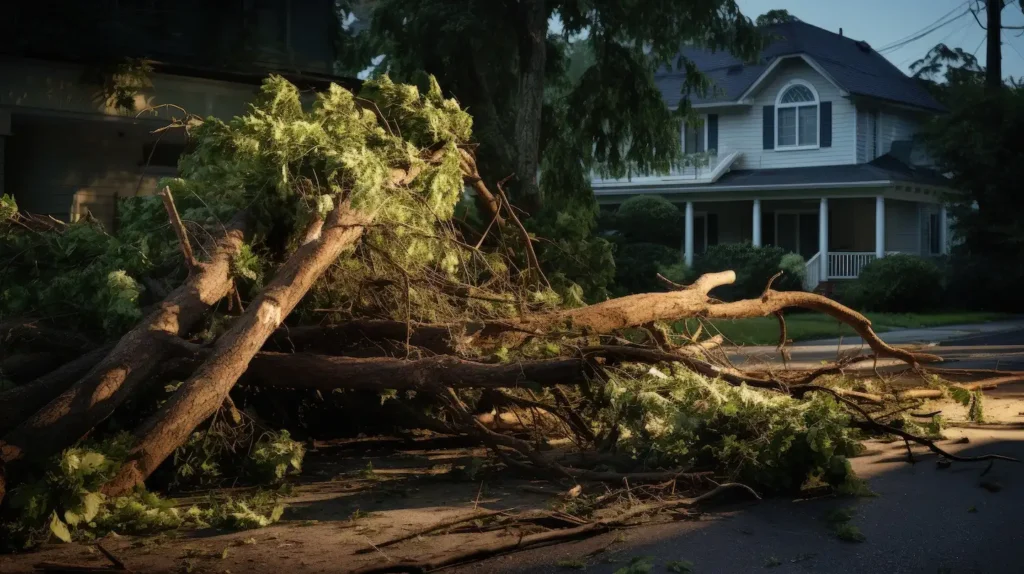While often overlooked, your roof plays a vital role in your home’s structural integrity and appearance. With constant exposure to the elements, and wind being one of the most powerful forces, wind damage to roofs in Austin is not uncommon.
In this comprehensive guide, we explore the intricate dynamics of wind damage, how to identify it, navigate repairs, and fortify your roof against future storms.

Wind is a relentless force that challenges the structural integrity of roofs through various means. As it sweeps across the landscape, it exerts pressure on roofs which can uplift forces, displace materials, and compromise the structural soundness of your roof. Vulnerable areas such as eaves, corners, and edges bear the brunt of this force, often resulting in damage that compromises the roof’s functionality and aesthetics. These areas are especially susceptible to wind destruction if they have pre-existing damage.

While the exact wind speed that can take off a roof varies depending on factors such as roof design, materials used, and local building codes, industry standards provide insights into the wind speeds roofs should withstand. The National Weather Service categorizes wind threat levels which can help us determine possible risk of wind damage to your roof.
Identifying wind damage after a storm is essential for timely repairs and preventing further deterioration. Common signs include missing shingles, curling edges, water leaks, and visible structural damage.
While it’s important to inspect your roof after severe wind in the area. It’s also important to keep yourself safe. If you’re not comfortable walking around on your roof, or you’re not totally sure what to look for, it’s best to have a professional inspect it and assess for potential damage.
The process of repairing wind-damaged roofs requires careful assessment, collaboration with professionals, and efficient coordination with insurance providers. After assessing the extent of the damage, homeowners should work with reputable roofing contractors who can execute repairs effectively.
By addressing wind damage promptly, homeowners can prevent further issues and ensure the long-term integrity of their roofs.

Preventing wind damage begins with proactive measures aimed at enhancing the resilience of your roof. Investing in quality materials, such as GAF roofing shingles or metal roofing systems, as well as implementing rain proof roofing measures can all significantly reduce the risk of damage and extend the lifespan of your roof. Regular maintenance can also help to keep your roof in great condition and minimize its susceptibility of wind damage.
If you have any trees near your home, it’s important to keep them trimmed so that they’re not directly touching your home’s exterior. If possible, avoid planting trees close to the home altogether.
Lastly, entrusting roofing projects to skilled professionals ensures proper installation and minimizes vulnerabilities to wind damage. While these measures may entail a higher upfront cost, the long-term benefits in terms of durability and peace of mind are well worth the investment.
Wind damage poses a significant threat to the structural integrity and functionality of roofs, requiring homeowners to remain vigilant and proactive in safeguarding their homes. By understanding the mechanisms of wind damage, recognizing its signs, navigating repairs efficiently, and implementing preventive measures, homeowners can mitigate the risk of damage and ensure the long-term resilience of their roofs.